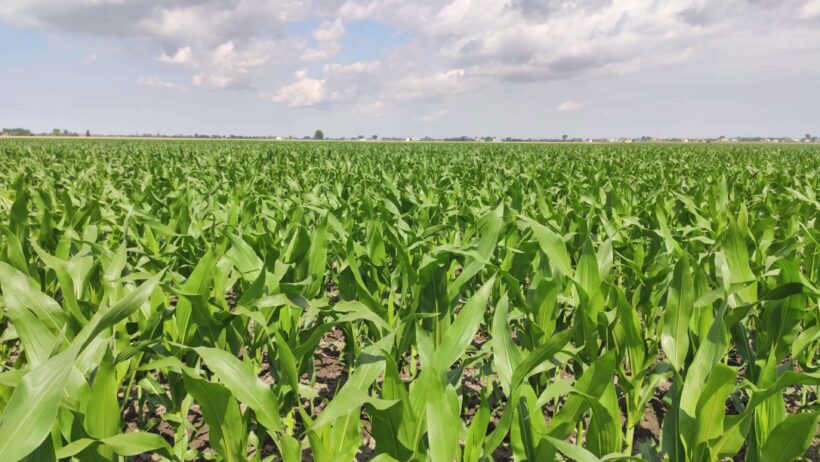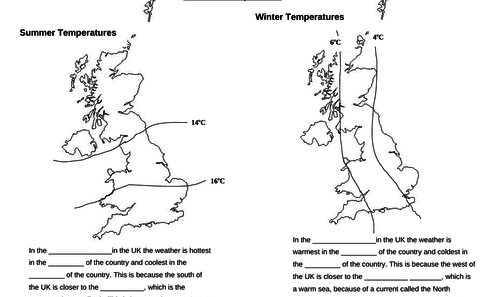Corn, a staple crop cultivated globally, holds immense significance in agriculture as a primary food source, livestock feed, and biofuel. However, optimizing corn cultivation requires profound insights into various climatic and agronomic factors. This examination delves into the secrets surrounding corn cultivation’s best conditions, offering a fresh perspective on this essential crop.
Understanding the Corn Plant
The Zea mays, or corn plant, thrives under specific environmental conditions that facilitate its growth and yield. Corn is predominantly warm-season annual, requiring long day lengths and a balance of temperatures that allow it to flourish. To fully grasp the intricacies of its cultivation, it is essential to consider parameters such as soil quality, temperature, moisture levels, and sunlight exposure.
The Soil Requirement
Core to corn cultivation is the soil—its texture, composition, and fertility play pivotal roles. Corn flourishes in loamy soils that possess a mixture of sand, silt, and clay, ensuring optimal drainage while still holding moisture and nutrients. A soil pH of 5.8 to 7.0 is ideal, as it allows for maximum nutrient availability. Conducting a soil test before planting can yield valuable insights into nutrient levels and deficiencies that may need addressing through amendments.
Organic matter enhances soil structure, promoting beneficial microbial activity and nutrient cycling. Therefore, integrating cover crops, crop rotations, or composting can improve soil health, ultimately boosting corn productivity.
Temperature Preferences
Temperature is another critical factor influencing corn growth. Optimal air temperatures fluctuate between 60°F to 95°F (15°C to 35°C). Germination occurs best when soil temperatures reach at least 50°F (10°C). However, extreme temperatures can hamper development; temperatures falling below 50°F can delay germination, while those exceeding 86°F (30°C) may lead to stress and hinder pollination during flowering. Understanding these temperature thresholds can lead to strategic planting schedules and variety selection appropriate for specific local climates.
Moisture Management
Water availability is a determinant factor that influences both crop yield and sustainability. Corn requires approximately 20 inches of water from germination to harvest, with peak water needs occurring during the tasseling and silking stages. It is crucial to maintain adequate soil moisture: too much can lead to root diseases, while too little can cause drought stress. Employing irrigation systems, such as drip or sprinkler systems, can prime corn plants to utilize water more efficiently, especially in regions prone to drought.
Light Dependency
As a phototropic organism, corn necessitates ample sunlight to grow effectively. A daily exposure to approximately 6 to 8 hours of direct sunlight is essential for photosynthesis, which fuels growth and vigor. Fields should be oriented to maximize sun exposure while considering potential shading from nearby structures or trees. Proper spacing between plants also encourages light penetration, ensuring all plants receive sufficient sunlight.
Choosing the Right Variety
Not all corn varieties are created equal. Selecting the appropriate hybrid based on local climate conditions can significantly influence agricultural outcomes. Some hybrids are engineered to withstand extreme temperatures, pest pressures, or specific soil conditions. Local agricultural extension services can provide guidance on the most appropriate varieties, enabling farmers to make informed decisions that align with their specific environmental contexts.
Pest and Disease Management
The integration of integrated pest management (IPM) strategies becomes indispensable within corn cultivation practices. Corn is susceptible to a myriad of pests, such as the corn borer and rootworm, which can devastate yields if not managed properly. Regular scouting and the utilization of resistant hybrid varieties can help mitigate pest pressures. Additionally, adopting crop rotation practices disrupts pest life cycles, reducing infestations naturally.
Climate Change Resilience
In the face of shrinking arable land and shifting climate patterns, resilience becomes paramount. Developing practices that bolster climate adaptability in corn cultivation involves embracing agroecological principles—promoting biodiversity, conserving water, and enhancing soil organic matter. Implementing conservation tillage can reduce soil erosion and enhance its capacity to retain moisture, crucial during periods of drought.
Moreover, fostering community collaborations focused on research around climate trends will equip farmers with the resources necessary to adapt to changing conditions. This collective effort promises a forward-thinking approach, ultimately contributing to sustainable corn production.
The Future of Corn Cultivation
Moving forward, the implications of innovative practices in corn cultivation are profound. As scientific advancements and technologies emerge, they present opportunities for heightened productivity while addressing environmental concerns. Emphasizing sustainable agriculture approaches will ensure that corn continues to serve as a vital resource without compromising the health of our planet.
In conclusion, corn cultivation operates at the intersection of science, environment, and practical management. By understanding the intricate relationships between soil health, climatic factors, and sustainable practices, both farmers and environmental advocates can work collaboratively forward in safeguarding future food security. Adapting to these secrets of corn cultivation unlocks not only agricultural potential but also a commitment to environmental stewardship.






